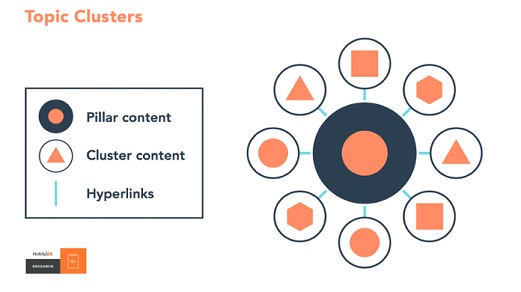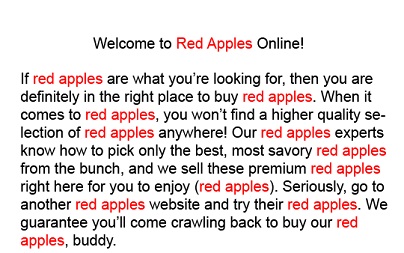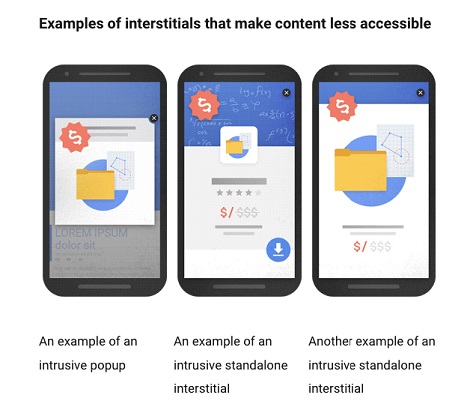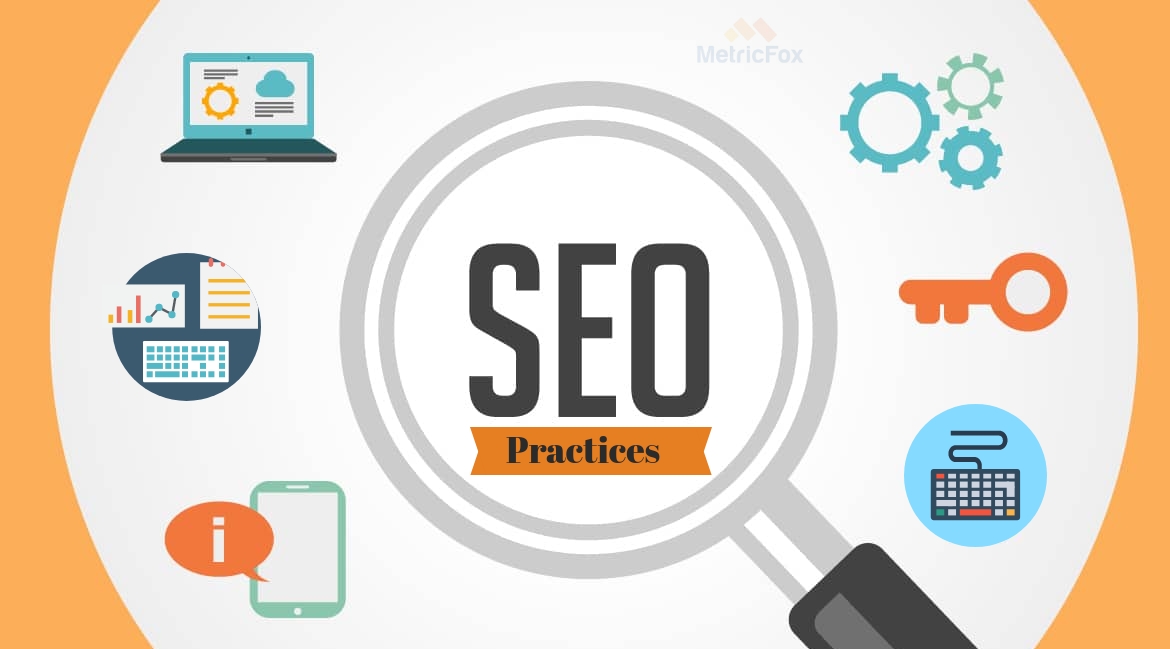With Google playing big daddy, it’s hard to stick to any particular trend when it comes to search engines. But call it human nature, or sheer laziness, we go back to the same fixated ideas about optimizing web pages even where there aren’t any.
We follow the so-called SEO best practices preached thousands of times in an uncountable number of articles on the internet and expect great results. Consequently, we end up causing more harm from age-old myths than the good we actually set out to do.
As great marketers that you are, filter fact from fiction and get rid of these harmful best practices from your SEO calendar this New Year.
Myth and Reality of SEO Best Practices: What Facts Have to Say
Google, on a moderate scale, does 500-600 algorithm and policy changes annually. If each change affects at least one underlying implication for SEOs, then that’s about 500-600 new ‘latest’ trends every year.
Major Google Updates in the Last 6 Years that Transformed SEO:
2011:
Search engine queries resulting “Not provided” start to be encrypted
2012:
Penguin update results in penalization of spam factors, including keyword stuffing
2013:
Hummingbird update puts more focus in understanding semantic search
2014:
Pigeon update starts affecting local SEO. HTTP/SSL ranking boost launched
2015:
- Mobilegeddon update starts giving higher rankings for mobile-friendly sites
- RankBrain launched and assigned to serve SERPs
2017:
Mobile user accessibility is designated as a major contributing factor for higher page rankings
And these are just seven! Imagine you holding on to an SEO (Search Engine Optimization) trend from three years back, and thinking it still works! Base your 2018 marketing resolutions on more solid (read: logical) grounds. Chant this mantra: “There are NO best practices for SEO”.
Done? Let’s begin your shedding exercise.
See Which of these 5 Malicious SEO Best Practices You Have Been Harboring
- Keyword Density is the Holy-Grail for SEO
High keyword density: three words every search engine optimizer swears by. Their bread and butter, and creator of cheap wealth! Well, stuffing keywords in a page is wrong. Forget ethics and reader’s disgust, search engines penalize you for excessive usage of irrelevant keywords. Even better, you can damage your digital marketing reputation permanently by doing so.
In the last few years, keyword density has fallen in importance as a key ranking factor. Web crawlers make more sense out of coherent topics than with broken search terms.
Topic Cluster Model:

Source: HubSpot Research Report on Topic Clusters Experiment
Instead of going behind each long-tail variation of a keyword, the research suggests to build big pieces of content on a particular topic (named “pillars”). This content is to be entailed with shorter content pieces with keyword variations of the same focus group. This way, the site architecture is more organized, web-crawling becomes easier and more webpages get higher positions in SERPs.
- Keywords have to be matched to sentences
This is again related to the keyword stuffing approach. Once upon a time, even sentence-matched keyword stuffing used to be civilized as there were others who would just post spammed keywords in the entire webpage to get traffic.
Now as we mature to accept virtual information in making real-life decisions, conversations have to be more natural and there is no scope for robotic information exchange.

Source: Neil Patel – QuickSprout
There is nothing grammatically wrong about the above paragraph. But this is not the keyword stuffing age and that’s not how we converse with normal people. It’s mechanical, redundant and disrupts the fluid pipeline of a user’s journey. Hence, not acceptable!
- Using pop-ups is the kiss of death on your websites
In Aug 2016, Google launched the ‘Intrusive Interstitial Penalty’. By this update, “pages, where content is not easily accessible to a user on the transition from the mobile search results, may not rank as high”. Which translates to, any unnecessary blocking of page content would be penalized with low page ranks.
These page-blockers were named ‘interstitials’.

Source: Google Webmaster Central Blog; Aug 2016
As clarified by the above image, interstitials mean pop-ups – all kinds of pop-ups.
But even in the beginning of 2018, we still see pop-ups on a daily basis. With in-app purchases and ads being integrated with mobile apps (especially online games), we can say that pop-up usages have seen a huge boost – not a decline.
In their Jan 2017 blog, Google Webmasters confirmed this. SEOs have been minimally impacted the imposed rule. In fact, they have become more responsible about using pop-ups and made them more closely relevant to the user journey.
- SEO is all about Inbound Links
Inbound Links: Directing your visitor to another (maybe more important) of your website page(s).
Outbound Links: Links that point your website visitor to another third-party website.
It’s understandable why SEOs prefer inbound links over outbound links. But the internet is not just about you. Google and other search engines care about the betterment of user experience with the help of great content.
If that’s possible through a useful outbound link, then be it! Linking out to outside resources also increases your chances to be featured on others’ websites. As you cannot be an expert in everything you write, citing and linking appropriate authorities on the topics can establish you as a credible source of information.
Still afraid of losing your visitors? Make the links open in separate tabs.
- Hoarding affiliate links is okay
Plenty of marketers and bloggers are reaping the benefits of affiliate marketing. And it is one of the most effortless ways of earning decent money.
But what novice marketers do is that they arrange their content according to the links, not the context of their site. As a result, websites are filled with hoards of the content of widely different topics, with no connection to each other. Web-crawlers get confused about such site layouts where one page is talking about oceans and the other talking about core aspects of taxing – and that too only to support their affiliate link profile.
Hoarding affiliate links do not work for Search Engine Optimization services for the same cause as for the inbound links: it’s not about you! What do users get in visiting a site that they can’t make any head or tail off?
Like all other SEO efforts, affiliate marketing also has to be contextual and relevant. Otherwise, it’s just another garbage piece of sales-y promotion which your visitors will be more likely to ignore.
That’s just about 5 from the top of our heads. Let us know in the comments if you’d like to know about more folly SEO best practices.




